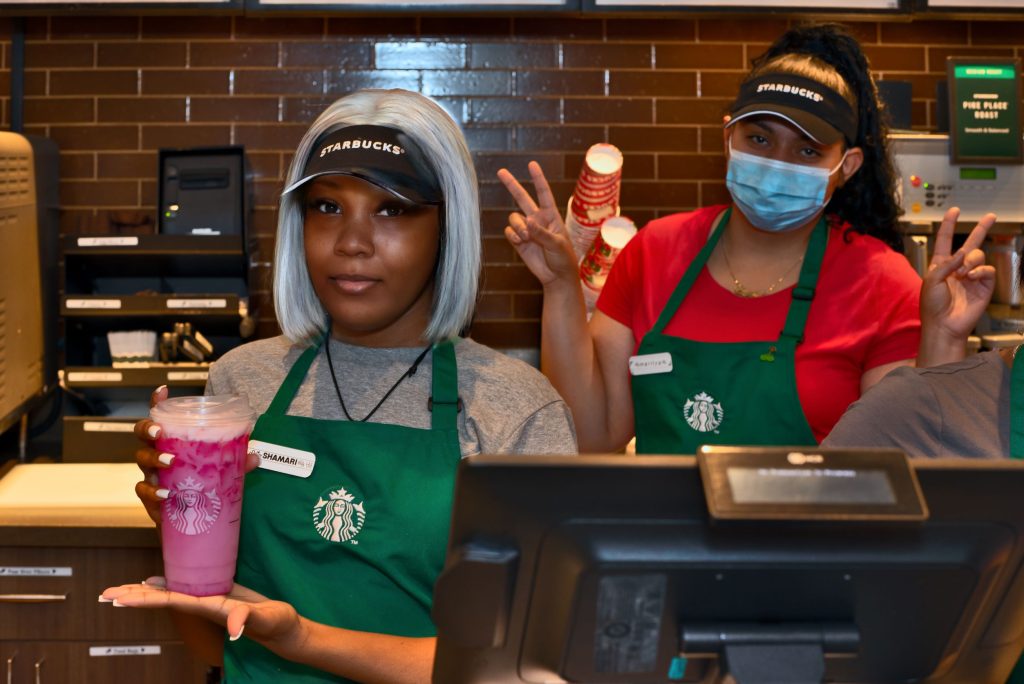Starbucks has taken a significant leap in workforce management by enhancing its Shift Marketplace tool, allowing baristas to seamlessly pick up or swap shifts throughout their district. This development not only underscores the company’s commitment to a people-first approach but also highlights a shift in how global businesses can leverage technology to address labor flexibility challenges according to Nation’s Restaurant News. With baristas claiming 20,000 shifts weekly, Starbucks is setting a new standard in employee autonomy and satisfaction, potentially influencing other industries to adopt similar strategies.
As businesses continue to navigate the complexities of staffing in a post-pandemic world, Starbucks’ initiative provides a blueprint for integrating technology with workforce management. This shift towards flexible scheduling not only empowers employees but also boosts operational efficiency. The ability for baristas to manage their own schedules can lead to heightened job satisfaction, reduced turnover, and a more engaged workforce. It’s a testament to how technology can bridge the gap between corporate needs and employee well-being.
The implications of Starbucks’ strategy reach far beyond the coffee giant itself. This people-centric approach could inspire a broader trend of technology-driven workforce solutions across various sectors. As companies strive to retain talent and enhance productivity, will we see an increased emphasis on employee-driven scheduling models? It beckons the question: How will other industries adapt to this evolving landscape, and what innovations will emerge to further support worker empowerment and satisfaction?


